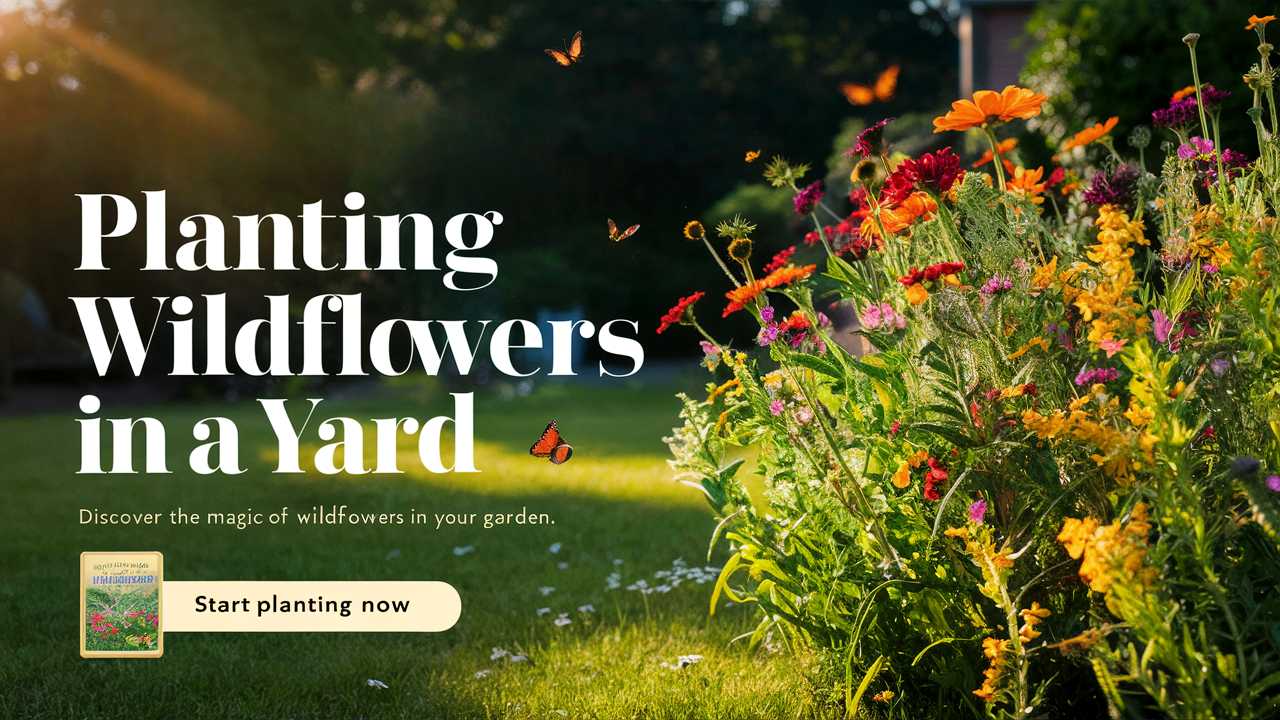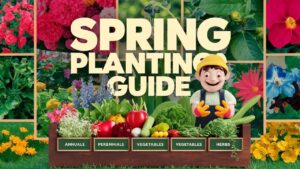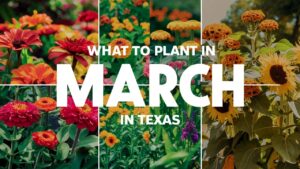This comprehensive guide will cover the myriad aspects of planting wildflowers, covering everything from selection and preparation to ongoing maintenance and the profound environmental benefits they provide. By the end of this guide, you’ll have the knowledge and tools you need to create your own wildflower oasis, enhancing both your outdoor space and the vibrant ecosystems within it.
The Allure of Wildflowers: Why Choose Them?

There are many compelling reasons to choose wildflowers for your yard. One of the most significant advantages of wildflowers is their remarkable adaptability. Many native species are well-suited to local climates and soil conditions, enabling them to flourish with minimal intervention. This innate resilience means that wildflowers generally require less water, fertilizer, and pesticides compared to conventional garden plants, thus paving the way for a more sustainable gardening practice. Additionally, wildflowers can create stunning displays that change with the seasons, providing visual interest in every phase of their growth. As you consider the transformation of your yard, wildflowers may prove to be the perfect candidates for your gardening adventure.
Key benefits include:
Biodiversity Contributions: Native wildflowers provide essential habitats for various species, including bees, butterflies, birds, and other wildlife. Many pollinators rely on wildflowers as crucial food sources, and their presence is vital for maintaining healthy ecosystems and supporting the environment.
Cost-Effectiveness: Once established, wildflowers require less maintenance compared to traditional garden plants. This can significantly reduce both the time and financial resources needed for upkeep, making wildflowers a budget-friendly choice that promotes environmental responsibility.
Aesthetic Appeal: Wildflowers create stunning displays of color and texture throughout the seasons. Their vibrant blooms not only enhance the beauty of outdoor spaces but also contribute to a sense of joy and tranquility in your environment, transforming your yard into a picturesque and inviting landscape.
Choosing the Right Wildflowers for Your Yard
Selecting the right wildflowers is crucial to ensuring your garden thrives and flourishes. Understanding your local environment—characterized by climate, soil conditions, and growing preferences—is vital in making an informed decision about which species to plant. The right wildflowers can adapt seamlessly to your yard’s specific conditions, ensuring not only their growth but also their role as a significant contributor to local biodiversity. By conducting necessary research and assessing the unique characteristics of your property, you will be better equipped to choose wildflowers that will not only flourish but also delight you with their beauty and ecological contributions.
Consider the following factors:
Climate and USDA Hardiness Zones: Research your USDA Hardiness Zone to identify the plants that will thrive in your specific area. Knowledge of local climatic conditions will guide you to select wildflowers that are most likely to flourish. For example, Black-eyed Susans and Purple Coneflowers are well suited for the Eastern U.S., while California Poppies thrive in the Western U.S.
Soil Type: Conducting a soil test is crucial to determine pH levels, soil texture, and nutrient availability. This information allows you to select appropriate wildflower species or modify your soil to ensure an optimal growing environment, enhancing the chances of successful germination and establishment.
Sunlight and Water Conditions: Assess your yard’s sunlight exposure, noting areas that may be shaded by trees or buildings. Most wildflowers prefer full sun, but some species can thrive in partial shade. Additionally, understanding drainage is vital, as many wildflowers do not tolerate overly wet soil conditions, which can lead to root rot.
Planting Season Considerations: Familiarize yourself with your local planting calendar, as different regions have specific times when wildflower seeds should ideally be sown. Generally, early spring and fall are recommended for sowing seeds, giving them the best chance to establish before inclement weather hits.
Preparing Your Yard for Wildflower Planting

Preparation is crucial when creating a flourishing wildflower patch in your yard. Taking the time to properly prepare your garden space will significantly increase your chances of success and ensure that your wildflowers will flourish. By understanding the steps involved in site selection, soil preparation, and seed choice, you will be well on your way to creating a thriving wildflower garden. The right preparation sets the stage for your wildflowers to establish themselves and bloom beautifully, enhancing the landscape and providing a habitat for pollinators and other wildlife.
Steps to follow include:
Site Selection: Choose an area that is free from weeds and invasive plant species. Carefully considering the landscape will guide this selection process. Visualizing how the wildflowers will integrate into the existing space will help you select the best site for planting.
Soil Preparation: Clear away grass, weeds, and debris to reduce competition for nutrients. Once the area is cleared, you may wish to amend the soil with compost or organic matter. This enhancement can improve the soil’s fertility and drainage capacity, creating an optimal growing medium for your wildflowers.
Seed Selection and Mixing: Choose native seeds that are best adapted to your region and your specific growing conditions. By considering a mix of species, you can increase aesthetic diversity within your garden and prolong bloom times throughout the growing season, creating a vibrant tapestry of colors.
The Planting Process: Step-by-Step Guide

Once you’ve completed the preparation, it’s time to move on to the exciting part: planting the wildflowers! This crucial step will determine the success of your garden and is essential for establishing a thriving wildflower patch. By following a systematic approach to sowing, you can maximize seed germination and create an environmentally rich habitat. Careful attention to detail during the planting process can lead to a lush and colorful explosion of wildflowers, transforming your outdoor space into a haven for both people and pollinators alike.
Sowing the Seeds: Use the broadcasting method to evenly distribute the seeds over the prepared area. To enhance distribution, consider mixing the seeds with fine sand. For small seeds, covering them lightly with soil—approximately 1/8 to 1/4 inch deep—ensures that they have adequate access to moisture and light for germination.
Depth and Spacing: Always refer to the seed packet instructions for the required depth and spacing of each species. Proper spacing is crucial to preventing overcrowding, which can lead to competition for resources and ultimately hinder plant growth.
Watering: After sowing, gently water the area to establish seed-to-soil contact. Keeping the soil consistently moist until the seedlings emerge is critical, as inadequate moisture can impede germination and stunt growth.
Mulching (Optional): Consider applying a thin layer of organic mulch to help suppress weed growth and retain soil moisture. However, be cautious not to smother the emerging seedlings with too thick a layer, as they need access to light and air to thrive.
Caring for Your Wildflower Patch
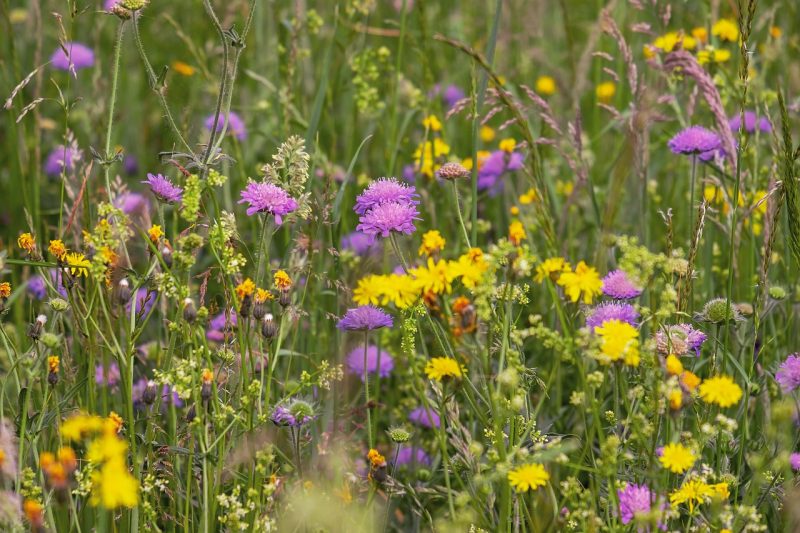
Caring for your wildflower patch is essential to maintain its vibrancy, health, and beauty through changing seasons. While wildflowers are often more resilient than traditional garden plants, they still require ongoing attention and care to reach their full potential. Fostering a successful growing environment will enhance the overall appearance of your garden and ensure that it continues to flourish for many years. By implementing best practices for maintenance and management, you can cultivate a beautiful wildflower habitat that attracts pollinators and supports biodiversity.
Here are some practical tips to follow:
Weed Management: Regularly monitor the area for weeds and hand-pull any invasive species that sprout alongside your wildflowers, especially during the initial growth phase. Prompt removal helps prevent competition for valuable resources, such as nutrients and water.
Watering and Fertilizing: As the wildflowers become established, gradually reduce the frequency of watering. Many wildflowers are drought-tolerant and thrive in low-nutrient soil conditions, making it advisable to avoid the use of fertilizers, which can promote unwanted growth.
Deadheading and Cutting Back: Regularly deadhead by removing spent blooms to encourage further flowering. This practice not only improves the garden’s appearance but also prompts the plants to direct their energy toward producing new blooms rather than setting seeds. Cutting back foliage at the end of the blooming period can prepare the plants for the next growth cycle, promoting healthy regrowth.
Avoid Pesticides: Avoid resorting to pesticides and herbicides; instead, allow for natural pest management strategies. Encouraging beneficial insects to visit your wildflower garden helps in managing pests and maintaining the ecological balance within your garden.
Seasonal Changes and Blooms: What to Expect
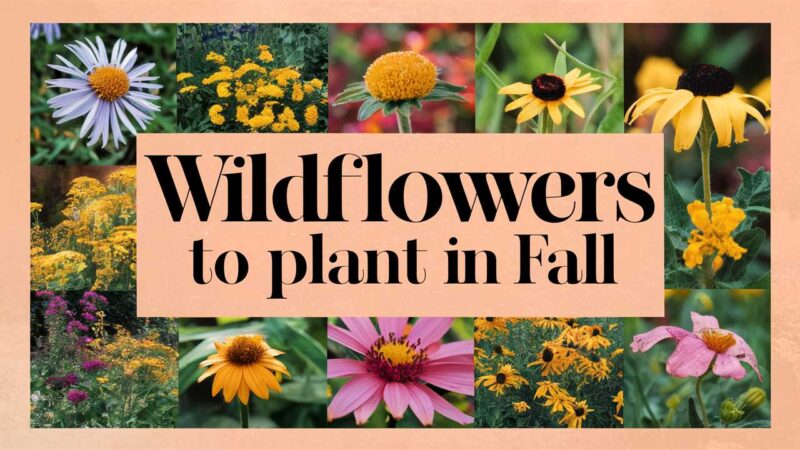
Planting wildflowers results in a dynamic landscape that showcases both beauty and seasonal evolution. By understanding the seasonal transformations that your wildflower garden will undergo, you can better appreciate the vibrant displays and the role each phase plays in the ecosystem. Acknowledging these changes nurtures a deeper connection with the natural world and emphasizes the importance of patience and care in fostering a flourishing garden. Each season brings its unique characteristics and opportunities, allowing you to witness the diverse life cycles at work within your space.
Spring: As the weather warms, seeds begin to sprout, and early bloomers like Dandelions and Bluebells make their appearance. This season is both exciting and vital, as it draws pollinators emerging from winter dormancy, enticing them with fresh blooms that provide early sources of sustenance.
Summer: Peak bloom occurs during the summer months, showcasing a plethora of colorful wildflowers. This season is crucial for attracting a diverse array of insects, including bees and butterflies, which play vital roles in pollination and the ongoing cycle of life in your garden. The lively activity brings energy and vibrancy to your outdoor atmosphere.
Autumn: As the growing season winds down, many wildflowers focus their energy on producing seeds. This phase is essential for providing food sources for birds and wildlife preparing for the colder months. Leaving some plants standing offers vital nourishment as well as shelter during the long winter ahead.
Winter: The wildflower patch enters a period of dormancy, where the seeds lie in wait for the next growing season. The remnants of the plants, left standing, provide important habitat and shelter for wildlife, ensuring that your garden continues to support life even during the off-season.
The Ecological Importance of Wildflower Gardens
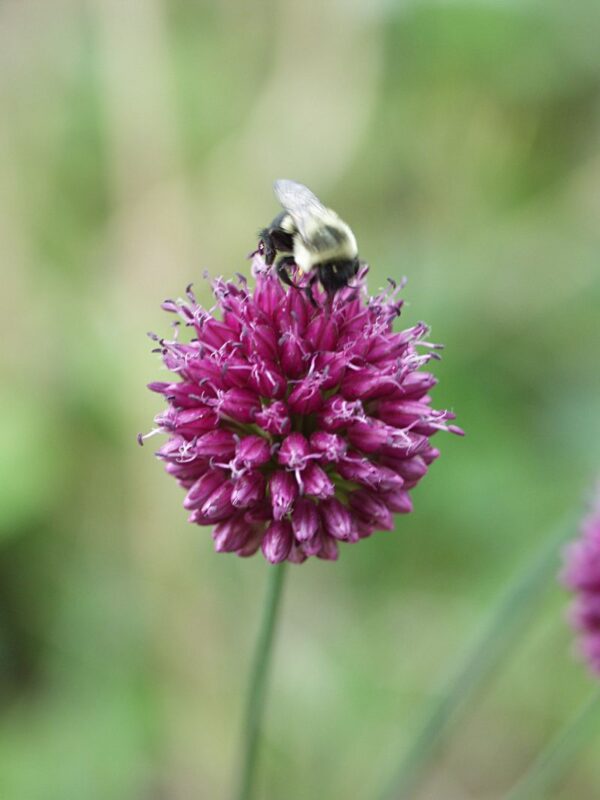
Wildflower gardens offer profound ecological benefits that extend far beyond their stunning aesthetics. They fulfill crucial roles in supporting biodiversity and enhancing the overall health of the surrounding ecosystem. By cultivating wildflowers in your yard, you contribute to the preservation of local habitats and promote the well-being of various plant and animal species. Understanding the ecological importance of these gardens can inspire deeper appreciation for nature and motivate you to invest in their care and maintenance, ultimately creating a richer environment.
Key ecological contributions include:
Habitat Creation: Wildflower gardens provide vital habitats for numerous species, offering food, nesting, and shelter. This diversity contributes to a balanced ecosystem that supports the survival of a wide range of wildlife, from pollinators to birds and mammals.
Soil Health Improvement: Wildflowers’ deep root systems are effective at preventing soil erosion, enhancing water retention, and promoting soil structure over time. By contributing organic matter through decomposition, wildflower gardens help enrich the soil and foster a thriving ecosystem.
Carbon Sequestration: Through the process of capturing carbon dioxide from the atmosphere, wildflowers contribute to climate mitigation. This carbon sequestration is an essential step in combating climate change, making wildflower gardens significant contributors to environmental health.
Education and Awareness: Engaging with wildflowers can foster a greater appreciation for local flora and fauna. Schools can incorporate wildflower gardens into their curricula, providing students with hands-on learning opportunities about ecology, conservation, and environmental stewardship.
Getting Involved: Joining the Wildflower Movement
Engaging with your community can significantly enrich your experience as a wildflower gardener. Taking active steps to join local initiatives encourages greater appreciation and preservation of native ecosystems, while also allowing you to share your passion with others. By collaborating with fellow gardening enthusiasts and participating in community efforts, you promote not only your personal growth as a gardener but also contribute to a larger movement focused on embracing and restoring nature in urban and rural settings. Connection and collaboration can lead to powerful changes in gardening practices and environmental awareness within your community.
Ways to get involved include:
Join Local Conservation Efforts: Participate in community gardens or wildflower societies in your area. These organizations often host workshops, events, and planting days that provide valuable knowledge, resources, and skills while helping to beautify local spaces and promote biodiversity.
Advocate for Local Policies: Engage in local initiatives that support the planting and conservation of native wildflowers and habitats. By advocating for community projects, you can help foster a greater understanding of the importance of preserving natural spaces and promoting biodiversity.
Networking Opportunities: Connect with other gardening enthusiasts through seed swaps, clubs, or online forums. Sharing insights, tips, and successful practices creates a supportive community that thrives on collaboration and fosters a shared passion for nature and wildflower gardening.
Planting wildflowers in your yard is a rewarding journey filled with beauty, biodiversity, and ecological significance. From the aesthetic joy they bring to the vital roles they play in supporting the environment, wildflowers are nature’s gifts waiting to enrich your life.


